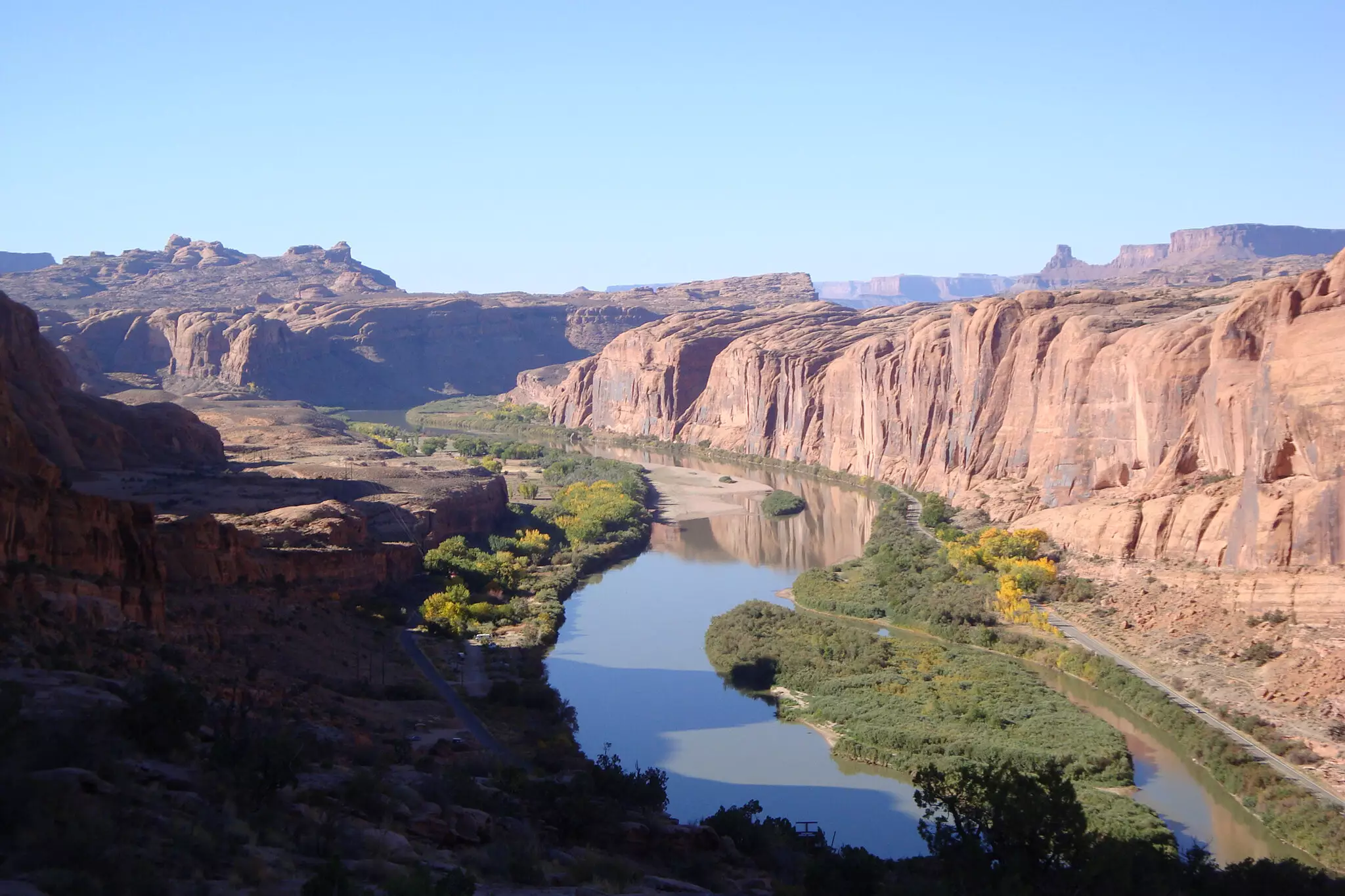The Colorado River is an essential lifeline in the arid expanse of the Western United States, catering to the water needs of millions in seven states. However, the region is increasingly confronted with the dire consequences of climate change and persistent drought, challenging the sustainability of its water resources. A recent initiative undertaken by a team of researchers from Penn State introduces a groundbreaking computational framework that could revolutionize how policymakers approach this critical issue. Dubbed the Framework for Narrative Storylines and Impact Classification (FRNSIC), this tool promises to provide decision-makers with a way to navigate the complexities and uncertainties of future water scenarios.
In recent years, Colorado and its neighboring states have made strides in planning for an uncertain future, employing scientific models and stakeholder input to inform their strategies. Antonia Hadjimichael, an assistant professor in the Department of Geosciences at Penn State and the study’s lead author, emphasizes that effective future planning must account for various uncertainties, including changing climate conditions and evolving water needs. “Our aim was to create a tool that helps planners visualize the array of potential outcomes they may face,” Hadjimichael notes, highlighting the necessity of a comprehensive approach in tackling the challenges confronting the Colorado River.
Traditionally, scenario planning has relied on a limited number of potential futures, often overlooking the multifaceted nature of the issues at hand. While exploratory modeling can simulate an extensive range of possibilities, the sheer volume of data generated can be overwhelming and impractical for decision-makers. Recognizing these limitations, Hadjimichael and her team set out to develop a middle ground—FRNSIC blends rigorous scientific analysis with user-friendly frameworks to foster actionable planning rather than paralyzing complexity.
The FRNSIC framework utilizes exploratory modeling to generate a significant number of plausible conditions. It distills this information into tailored narratives that resonate with specific stakeholders, considering the diverse interests represented in the Colorado River basin. This approach allows various stakeholders—whether large agricultural producers or small-scale farmers—to identify the storylines that are most relevant to their unique circumstances. “Different stakeholders are concerned with different outcomes,” Hadjimichael explains. “We aimed to embed pluralism and nuance into the planning process while still delivering essential insights.”
The complexity of resource allocation in the Colorado River basin requires solutions that are adaptable to the realities faced by various water users. Hadjimichael stresses that there is no single metric or scenario that can satisfy all interests. The agricultural sector, for instance, is characterized by vastly different operations and requirements, making it daunting to develop one-size-fits-all solutions.
The insights produced by FRNSIC are poised to play a crucial role in shaping water management strategies in the region. By identifying and analyzing specific drought scenarios and their potential impacts on different populations and agricultural practices, the framework facilitates informed discussions and negotiations among stakeholders. Policymakers can refer to these narratives to assess how different interventions might play out under varying conditions and adapt accordingly.
Moreover, FRNSIC opens up pathways for constructive dialogue amongst stakeholders—allowing them to weigh in on potential strategies while considering their particular scenarios. “These narratives can serve as a foundation for negotiations or discussions about resource allocation,” Hadjimichael remarks, underscoring the collaborative potential embedded within this framework.
The research team behind FRNSIC comprises esteemed professionals from various institutions. In addition to Hadjimichael, contributors include Patrick Reed from Cornell University, Julianne Quinn from the University of Virginia, and experts from the Pacific Northwest National Laboratory. This diverse ensemble underscores the collaborative nature of addressing the multifaceted challenges posed by climate change and the imperative of innovative thinking in resource management.
As the Colorado River basin grapples with escalating demands and diminishing supplies, tools like FRNSIC represent a pivotal step towards adaptive management strategies. By embracing uncertainty and fostering pluralism, the framework may indeed hold the key to effectively navigating the complexities of future water needs. Instead of succumbing to potential despair, stakeholders equipped with this knowledge can collaboratively chart a course for sustainable water future in the region.


Leave a Reply